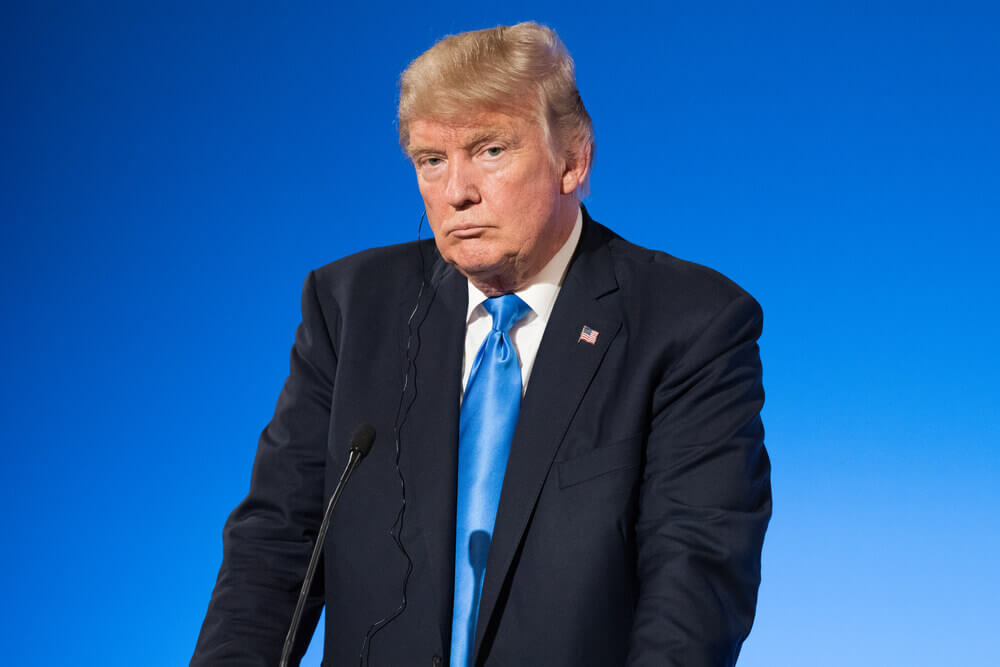Since President Donald Trump started taking office, the S&P 500 has been up about 68%. Since late March, a 73% surge has been aided by massive fiscal and monetary stimulus. In addition, the percentage was lifted by expectations that a COVID-19 vaccine will spur economic reopening.
Plunging Treasury yields after the Federal Reserve cut interest rates to near-zero has also increased the allure of stocks.
In eight of the last 10 presidential terms, the S&P 500 has risen in the first 100 calendar days.
A Weaker Dollar
The dollar has fallen 12% from last year’s highs. This aids exporters by boosting the competitiveness of U.S. products abroad. It increases the appeal of U.S. stocks by making them more modest to foreign buyers.
Lifting the dollar off its lows were the recently rallying U.S. yields. A more constant move in the dollar risks sparking an unwind of the market’s near-record bearish dollar position. This is sparking more gains in the greenback.
The incoming administration has hinted it will be less likely to comment on the currency’s fluctuations than Trump. This is regardless of where the dollar goes. The outgoing president periodically railed against a strong dollar.
More Debt
The national debt grew by almost 40% under Trump to nearly $28 trillion. It was fueled by the passage of tax cuts in 2017. Furthermore, a flood of spending to counter the economic hit from the coronavirus pandemic last year.
Some fear their exceedingly cloudy fiscal picture risks tarnishing the appeal of U.S. government debt over the long term. This is an outcome that may eventually weigh on the U.S. dollar’s attractiveness as a reserve currency.
Fitch Ratings in July revised the outlook on the United States’ triple-A rating to negative from stable. That was citing eroding credit strength.
Under Biden, the U.S. national debt is likely to continue growing. His nominee for Treasury secretary, Janet Yellen, urged lawmakers on Tuesday to “act big” on the next coronavirus relief package. She also added that the benefits outweigh the costs of a higher debt burden.
Inflated Balance Sheet
The Federal Reserve balance sheet is bigger than ever due to ramped-up spending in the wake of the pandemic.
Some are concerned that interest rates are already at rock-bottom levels. Moreover, asset purchases currently at $120 billion a month may give the central bank less scope to manoeuvre. That is if the economy worsens or a fresh crisis hits, putting an additional focus on fiscal policy.
According to a December poll, the Fed’s balance sheet will likely grow to $9.1 trillion by the end of 2021.
Read also: CFDAdvanced review | Is it safe to trade with this broker?











